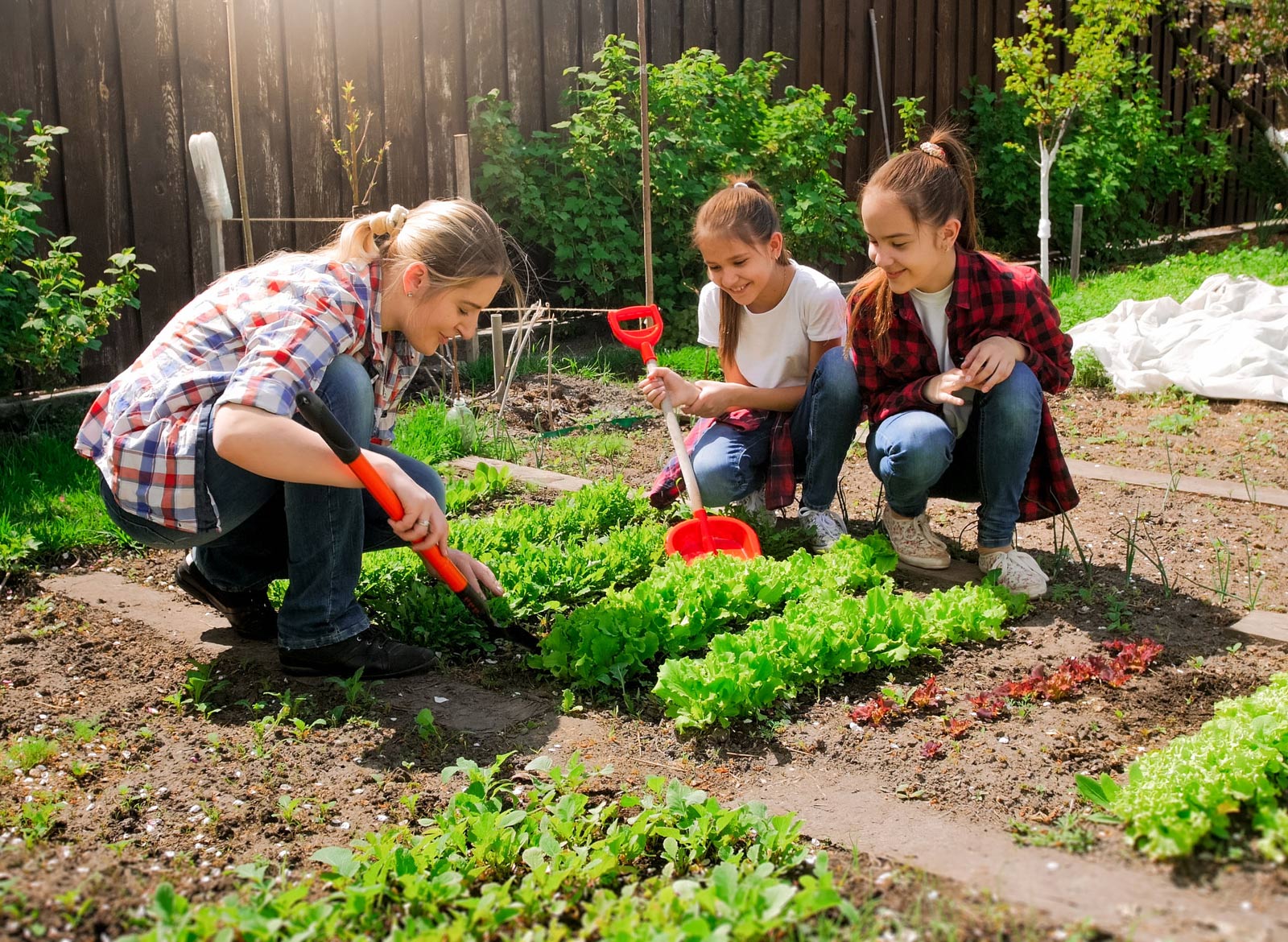Gardening is a timeless activity that offers numerous benefits for both children and adults alike. The act of nurturing plants can serve as a rich tapestry, woven with the threads of education, responsibility, and joy. Involving children in gardening can cultivate a deeper understanding of nature while simultaneously instilling essential life skills. This article delves into the multifaceted nature of gardening with children, providing insights on how to transform your backyard or garden plot into a vibrant learning environment.
In the realm of childhood development, the garden acts as a dynamic classroom. It encourages curiosity and exploration, allowing children to engage with their environment intimately. As they dig into the earth, sow seeds, and witness the miraculous journey of growth, they not only develop a sense of responsibility but also forge a profound connection to the natural world.
A particularly enchanting aspect of gardening is its ability to stimulate all five senses. The tactile sensation of soil crumbling between tiny fingers, the aroma of freshly sprouted herbs, the vibrant hues of blooming flowers, the rustle of leaves in the breeze, and the taste of juicy, sun-ripened fruits create a unique sensory experience. Such engagement can significantly enhance cognitive development and sensory integration in young minds.
When embarking on this horticultural journey, consider the type of plants that appeal to children. Opt for colorful, fast-growing flower varieties like sunflowers or cheerful zinnias. These blooms not only add visual splendor but also serve as a source of joy and excitement for little gardeners as they eagerly anticipate the flowering. Additionally, vegetables such as radishes and cherry tomatoes grow swiftly, providing instant gratification and a sense of accomplishment.
Beyond mere aesthetics, gardening with kids can introduce them to the concepts of ecology and sustainability. Teaching children about the importance of pollinators, such as bees and butterflies, can lead to a greater appreciation of biodiversity. Consider creating a small pollinator garden with native plants. This initiative can instill a sense of stewardship in children, encouraging them to protect and cherish the environment.
Moreover, gardening serves as an opportunistic narrative for imparting lessons on nutrition. Cultivating vegetables and herbs provides an open window for discussions about healthy eating habits. Children are often more inclined to taste food they have personally nurtured. The act of harvesting fresh produce can inspire them to try new flavors and ingredients that they might be reluctant to sample otherwise.
As with any educational endeavor, the key is to keep the experience enjoyable and engaging. To foster enthusiasm, introduce thematic gardening projects. A butterfly garden, for example, can encompass an exploration of the life cycle of butterflies, complete with logbooks for observations. Alternatively, a sensory garden filled with fragrant herbs, textured plants, and edible blooms can offer limitless discoveries through touch, smell, and taste.
Encouraging creativity is another fabulous aspect of gardening. Simple crafts, like painting plant markers or designing unique trellises, infuse artistic expression into the gardening process. Such activities allow for the exploration of aesthetics while also reinforcing the connection between creativity and nature.
Incorporating tools and equipment designed for little hands can enhance the overall gardening experience. Grasping a child-sized spade or watering can fosters a sense of ownership and independence. Equip children with their own set of gardening tools, and let them take charge of specific tasks—a delightful rite of passage that can nurture their confidence.
Moreover, a daily gardening routine provides a structure that young minds often crave. Designing a gardening schedule can instill time management skills and accountability. Whether it’s watering plants, weeding, or simply observing growth, these responsibilities teach children to respect the natural cycles of life.
The significance of teamwork cannot be overstated in the garden. Working alongside family members or friends can transform a solitary pursuit into a bonding experience. Discussions about planting strategies, problem-solving pest issues, and sharing in the glory of a bountiful harvest can strengthen relationships and cultivate a sense of community.
Gardening is also an exercise in patience and perseverance. It is not uncommon for young horticulturists to face setbacks, whether due to pesky insects or uncooperative weather. These obstacles can serve as invaluable lessons in resilience, teaching children to pivot and adapt in the face of challenges. The ability to recognize when to nurture and when to let go can transcend the garden, providing life lessons applicable in myriad contexts.
In conclusion, the garden is an incredible microcosm for learning and growth—both for plants and for the children tending to them. Engaging in gardening nurtures curiosity, creativity, and a profound connection to the earth. Furthermore, it lays the groundwork for responsible stewardship of our environment and enhances critical life skills. As you embark on this delightful journey with the little ones in your life, remember that every seed sown is an opportunity for growth, exploration, and shared joy. Let the garden be your guiding muse, inspiring countless memories and discoveries along the way.









Leave a Comment